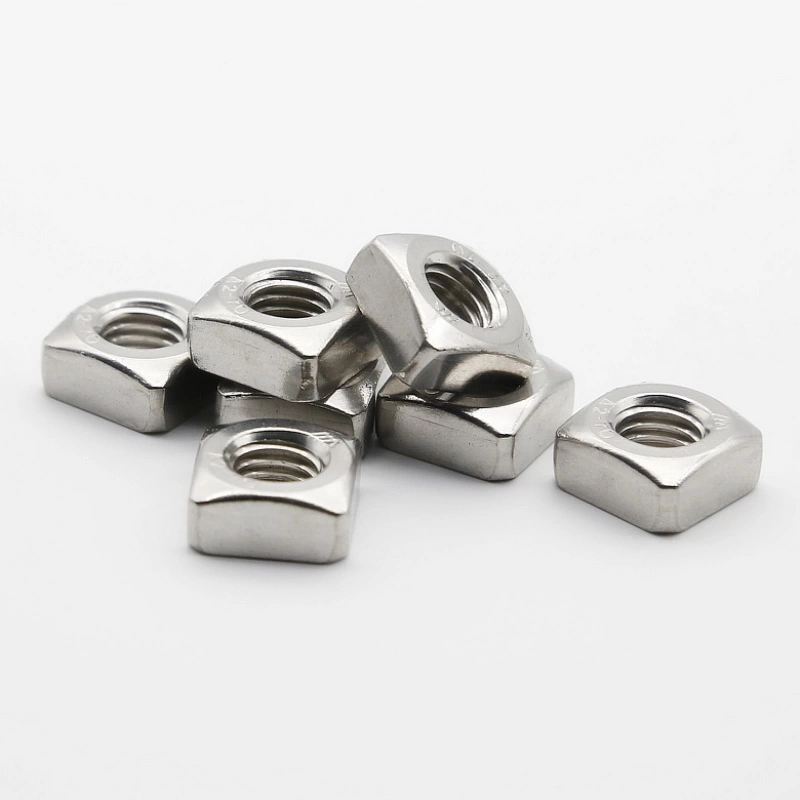

wall fasteners
Oct . 07, 2024 19:26 Back to list
wall fasteners
Wall fasteners are essential components in construction, woodworking, and interior design. They serve the crucial purpose of securely attaching various elements to walls, ensuring stability and longevity. Understanding the different types of wall fasteners, their applications, and best practices is vital for anyone involved in building or remodeling projects.
One of the most common types of wall fasteners is the screw
. Screws come in various sizes and materials, including wood screws, drywall screws, and masonry screws. Each type is designed for specific applications; for instance, drywall screws are self-tapping and ideal for fastening drywall to wooden or metal studs, while masonry screws are used for attaching fixtures to brick or concrete walls. When selecting a screw, it’s essential to consider the weight of the object being attached and the material of the wall to ensure a secure fit.Another popular fastening option is the wall anchor. Wall anchors provide additional support when attaching items to hollow walls or drywall. They come in several styles, including plastic anchors, toggle bolts, and masonry anchors. Plastic anchors are suitable for lightweight items, while toggle bolts are designed for heavier loads and require a larger hole during installation. When utilizing wall anchors, it's crucial to follow the manufacturer's instructions and select the appropriate size for the screw being used.
wall fasteners

For heavier items, such as shelves or cabinets, it may be necessary to use lag bolts or specialty fasteners designed for high load capacities. These fasteners typically require pre-drilled holes and may involve specific tools for proper installation. Ensuring that heavy items are securely fastened not only enhances safety but also minimizes the risk of damage to the wall itself.
In addition to selecting the right type of wall fastener, the installation technique is equally important. Proper alignment and level placement can prevent unnecessary strain on the fasteners, reducing the likelihood of material failure over time. Additionally, considering the wall's structure—whether it's plaster, drywall, or concrete—will influence the choice of fastener and installation method.
In conclusion, wall fasteners play a pivotal role in construction and home improvement projects. By understanding the different types of fasteners available and their appropriate applications, one can ensure a secure and lasting attachment of various elements to walls. Whether for hanging pictures, mounting shelves, or installing cabinets, choosing the right wall fastener is key to achieving durability and stability in any project. As a result, taking the time to select and install the appropriate fasteners will save both time and effort in the long run.
Latest news
-
High-Strength Hot Dip Galvanized Bolts - Hebei Longze | Corrosion Resistance, Customization
NewsJul.30,2025
-
Hot Dip Galvanized Bolts-Hebei Longze|Corrosion Resistance&High Strength
NewsJul.30,2025
-
High-Strength Hot-Dip Galvanized Bolts-Hebei Longze|Corrosion Resistance&High Strength
NewsJul.30,2025
-
Hot Dip Galvanized Bolts-Hebei Longze|Corrosion Resistance&High Strength
NewsJul.30,2025
-
Hot Dip Galvanized Bolts - Hebei Longze | Corrosion Resistance, High Strength
NewsJul.30,2025
-
High-Strength Hot Dip Galvanized Bolts-Hebei Longze|Corrosion Resistance, Grade 8.8
NewsJul.30,2025

